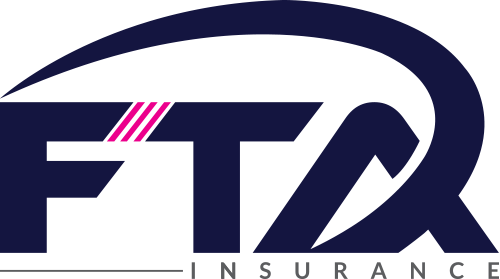By Oren Jacobi, Founder of Insurance Training Australia
When reviewing Professional Indemnity renewal information, your goal as brokers is to ensure that you understand your clients and the risks they face. By ensuring this, you not only protect them, but you also reduce your own exposure to errors and omissions.
Considering this, reviewing renewal information is not limited to just reviewing the renewal proposal form. Whilst review of that form, particularly versus the previous year’s proposal form, is critical, a comprehensive review of all supporting renewal information also needs to be completed. Such supporting information could include addendums or supplementals, an organisational chart, and any of your client’s customer contracts. It is also recommended that you review the client’s website to ensure that the services listed there are still accurate, and consistent with the renewal information provided. My rule is that if there is any ambiguity or inconsistency in any of the information supplied, it is critical you seek clarification from your client ASAP. Your client would expect this, and it is part of your duty of care to them.
Some key components that you need to look for when reviewing the renewal information include the following. Please note that this is not an exhaustive list but rather a guide to some essential elements to review to help keep you out of trouble !

- Companies insured / covered by the policy. A careful examination of your client’s organisational chart / structure diagram (if supplied by them), along with any other renewal information, is required to determine the entities that need to be covered by the policy. Unlike Management Liability policies, Professional Indemnity policies do not always cover subsidiaries automatically. As a further to this, it is important to review any mergers, acquisitions or divestments that may have occurred. Ensure that information relating to any of these is clear for you and the underwriter to understand.
- Professional Services. The importance of having a correct professional services description cannot be understated. It is crucial that all past, present, and future services be covered to ensure that no inadvertent gaps are present. Or, at the very least, for an attempt to be made to obtain cover for as many services as possible. When reviewing the services that your client offers, I recommend you not only review their renewal information, but also their website. Doing this reduces the potential for you to make an error and could also contribute to your business’ growth via you binding new policies that your client requires. As is often true, the key is to know your client well.
- Locations. Clients will often expand their operations into new countries. It is essential to clearly understand which countries they will be providing services in, and if they have incorporated any companies overseas. Once this is clear, careful review of the insurance policy’s Territorial Limits (also known as Geographical Limits) and Jurisdictional Limits needs to be done to establish the extent of overseas cover provided, and any possible limitations to such cover.
- Claims or circumstances. If a new claim, or circumstances that could result in a claim, appears in the renewal information, i.e. a matter not previously disclosed or notified, then it is vital that you report that matter to your insurer in-line with the Claims Conditions in the policy. It is also important that your renewal submission draws the underwriter’s attention to these new matters. Such matters could affect the renewal terms and knowing the insurer’s renewal position as early as possible is advantageous to you and your client.
Please note that all the above is also relevant to first-time insurance buyers (prospects, rather than existing clients), although with prospects you would not be comparing information from previous years to “new” information.
A final note regarding this article in the context of the many streamlined renewal processes available in the market today. Whether the streamlined process is via an IT platform, or via an automatic or shortened renewal process which is not online, it is still very important to take the above key components into account when renewing such a policy. Accomplishing this can be more difficult if the client is not required to complete comprehensive renewal information every year (although insurers will still often require some form of confirmation relating to certain changes). Appropriately worded pre-renewal language to your clients can assist here. For example, even though they are not completing “formal” renewal information, ask them to disclose any such changes, and others, in the body of your renewal email to them.
Please note that the topics discussed in this article, and many others, are more thoroughly examined in our ANZIIF / NIBA accredited training modules delivered in-person or live on-line. In addition to those modules, we also conduct training on specific topics and mentoring services to insurance professionals. Given my 18 years of broking experience, I thoroughly understand what brokers do and am passionate about imparting my knowledge and experience with you. I hold a Master in Risk Management & Insurance and am also a qualified trainer. I would love to assist you with your training needs.
Please contact me at oren.jacobi@insurancetraining.com.au
Website: www.insurancetraining.com.au
Please also follow me on LinkedIn at: https://www.linkedin.com/company/insurance-training-australia/

Disclaimer: The information provided in this article is not, and is not intended to, constitute legal or financial product advice. It is intended to provide general information in relation to the topic being discussed which is only current as at the date of this article.
The information contained in this article is protected by copyright.

